Menu
Camino de Santiago
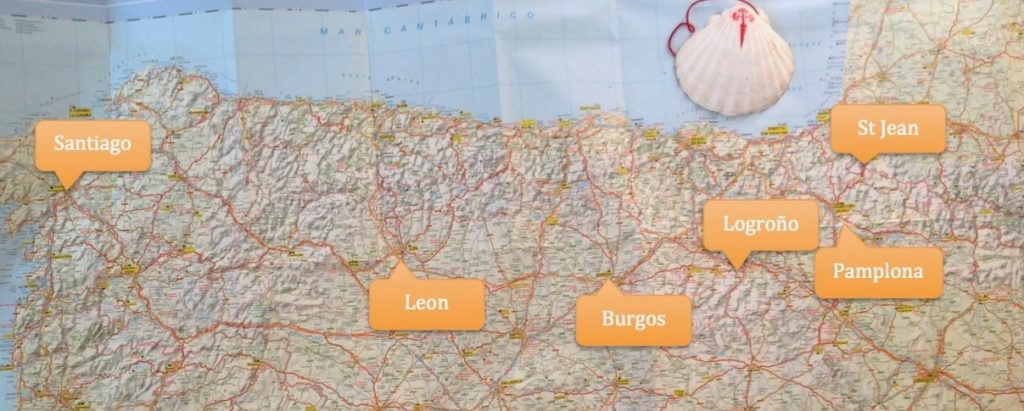
Over the summers of 2008 and 2009 I walked 500 miles of the Camino de Santiago in northern Spain. I flew to Biaritz and got the train to Saint-Jean-Pied-de-Port just on the French side of the Pyrenees, and then walked across Spain to Santiago de Compostela on the western edge. This is an ancient pilgrimage route which is now walked by thousands of people each year, and along the way you stay in communal dormitories called ‘Albergues’ which are there to cater for the pilgrims.
I did 300 miles in the school holidays of 2008, which got me as far as Leon, and the next year I did the remaining 200 miles. It was five weeks of walking all together. Many do the Camino if they reach a difficult period in their lives and want a chance to get away from their normal life, and to have time to reflect and regroup. As a result you meet some lovely people, and the whole atmosphere is very kind and supportive.
Each night you stay in an albergue (which cost about 7€ then) and then you get up and start walking about 7 in the morning. You need to be pretty sharp, because if you get to the place you’d like to stay after about 3 in the afternoon it might be full, and the showers won’t have any hot water left. Some of the places are quite basic, but there are some which are lovely. In one where I stayed, the lady running it washed everyone’s feet, dealt with their blisters, and then cooked a meal and we all sat round her kitchen table to eat. At the other end of the scale was one with a toilet that just about worked, a shower that didn’t, and a bunch of old mattresses on the floor to sleep on. And every now and again you fork out for a hotel room so you can just enjoy being alone and having a bath!
It was an experience I won’t forget and am grateful to have been able to do it. Here are some of my photos.
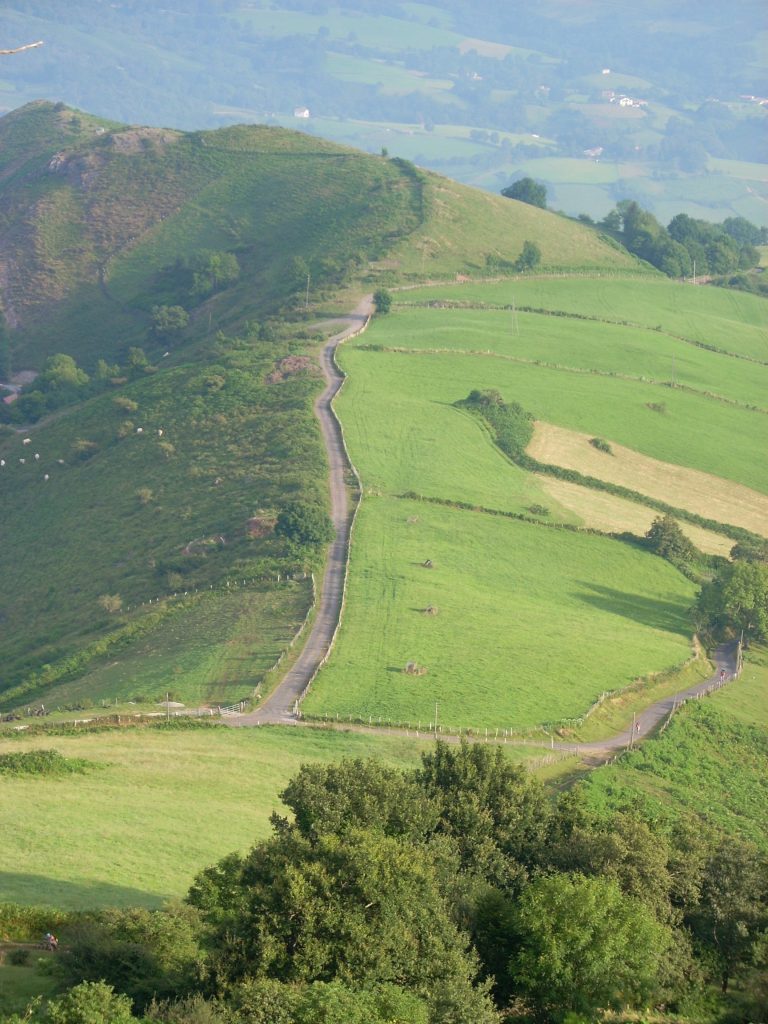
On the first day you have to walk over the Pyrenees, 27km, to Roncesvalles. This was the view from near the top.
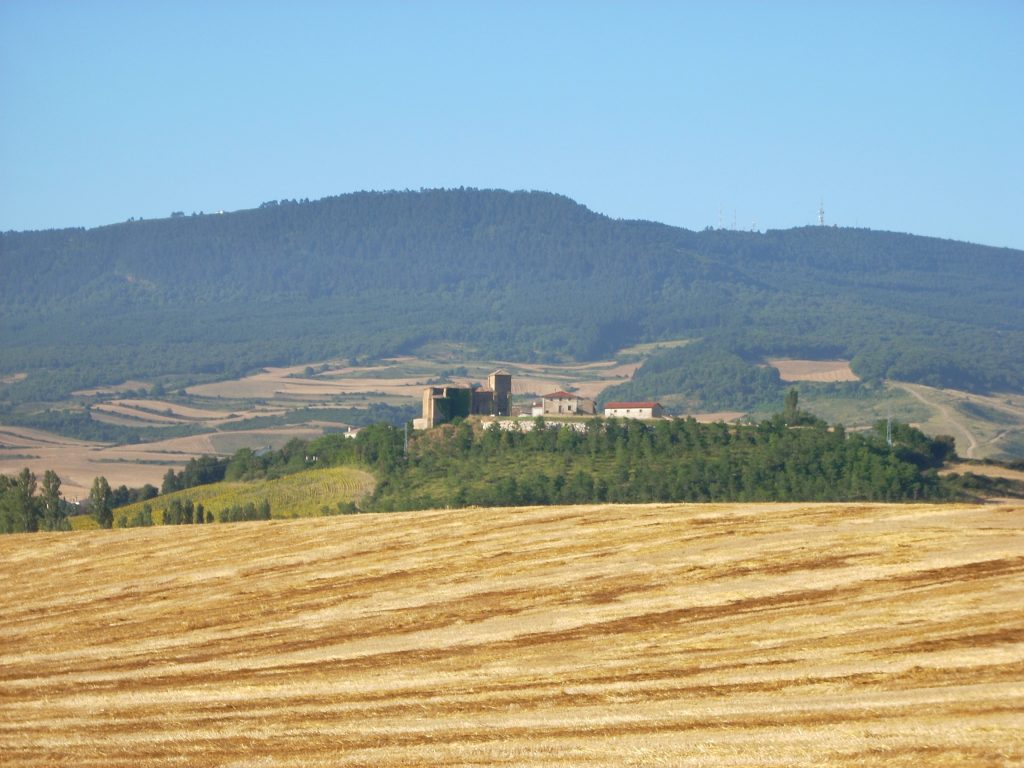
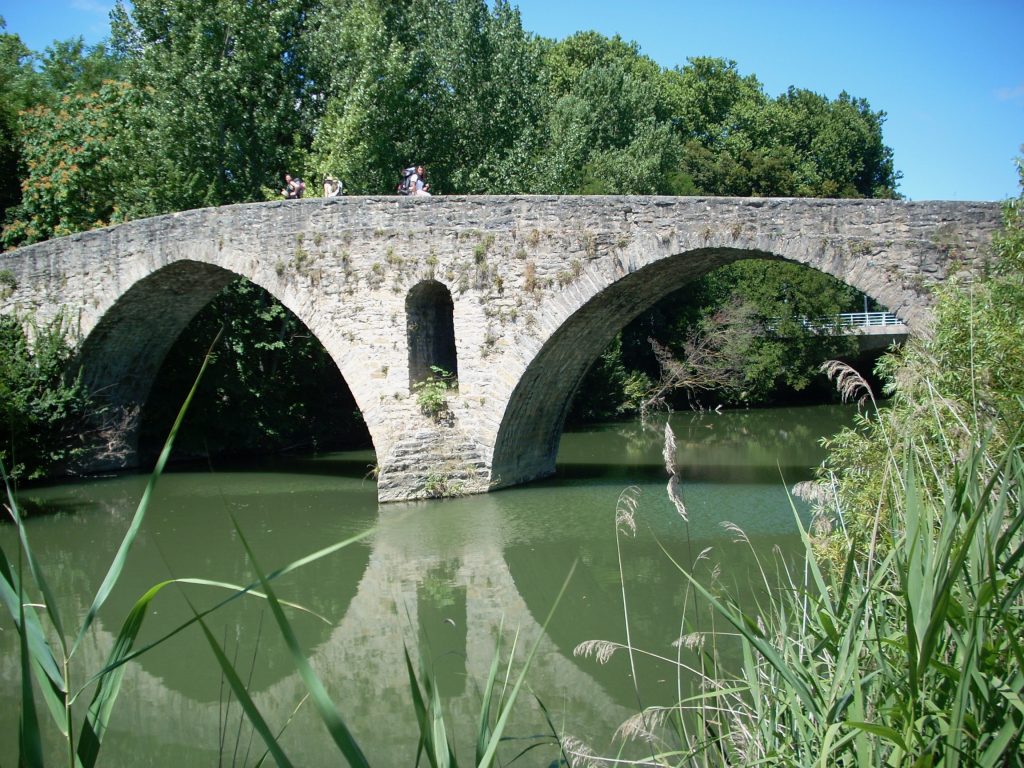
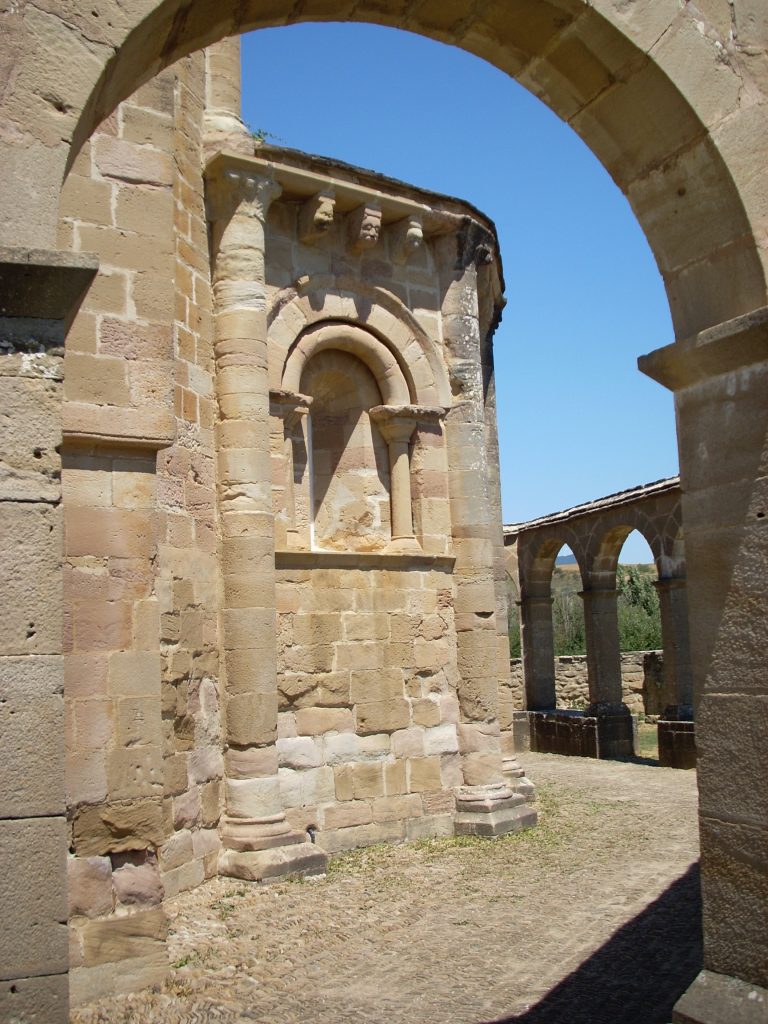
A Knights Templar hospital for looking after pilgrims in the middle ages
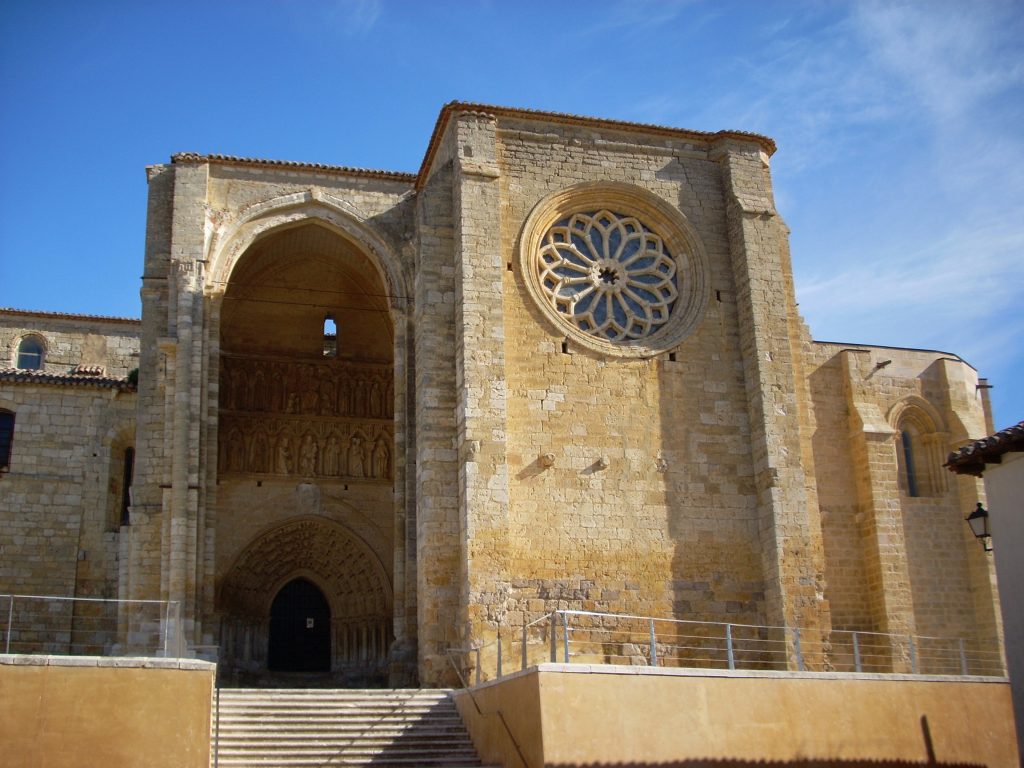
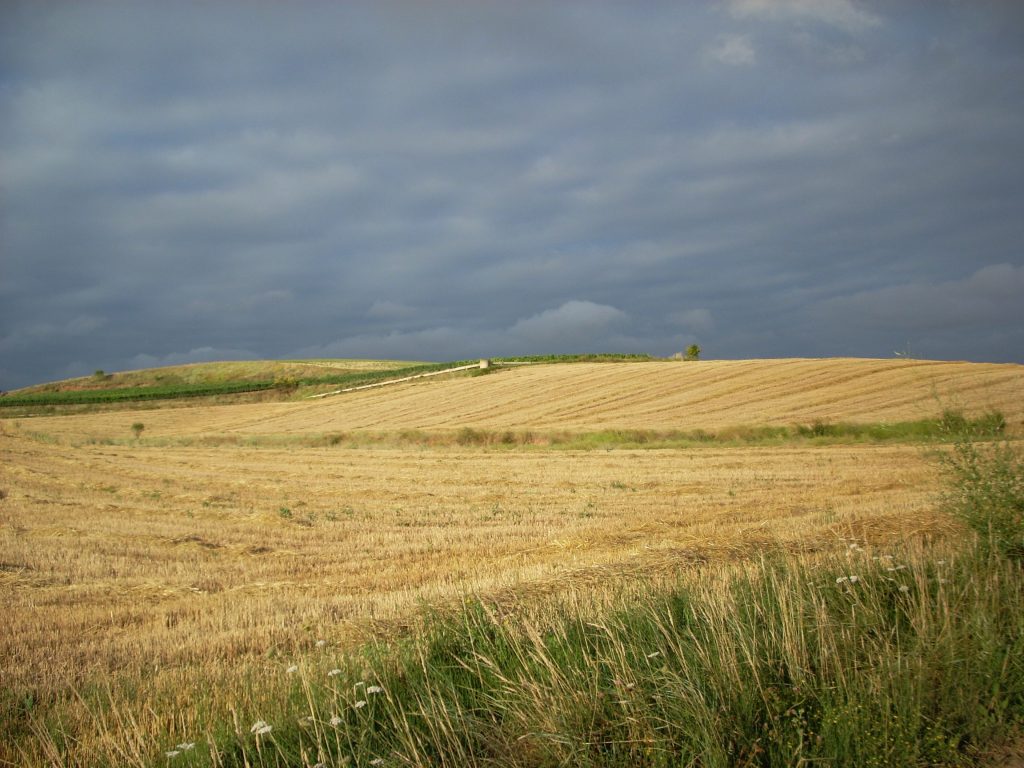
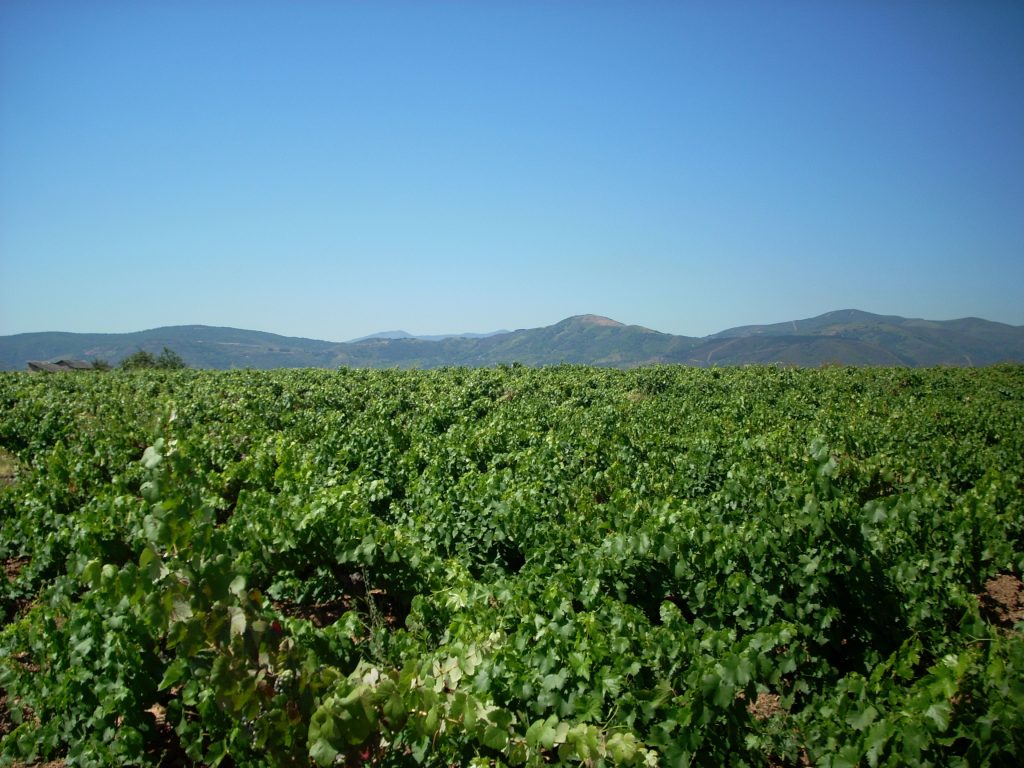
Rioja vinyards
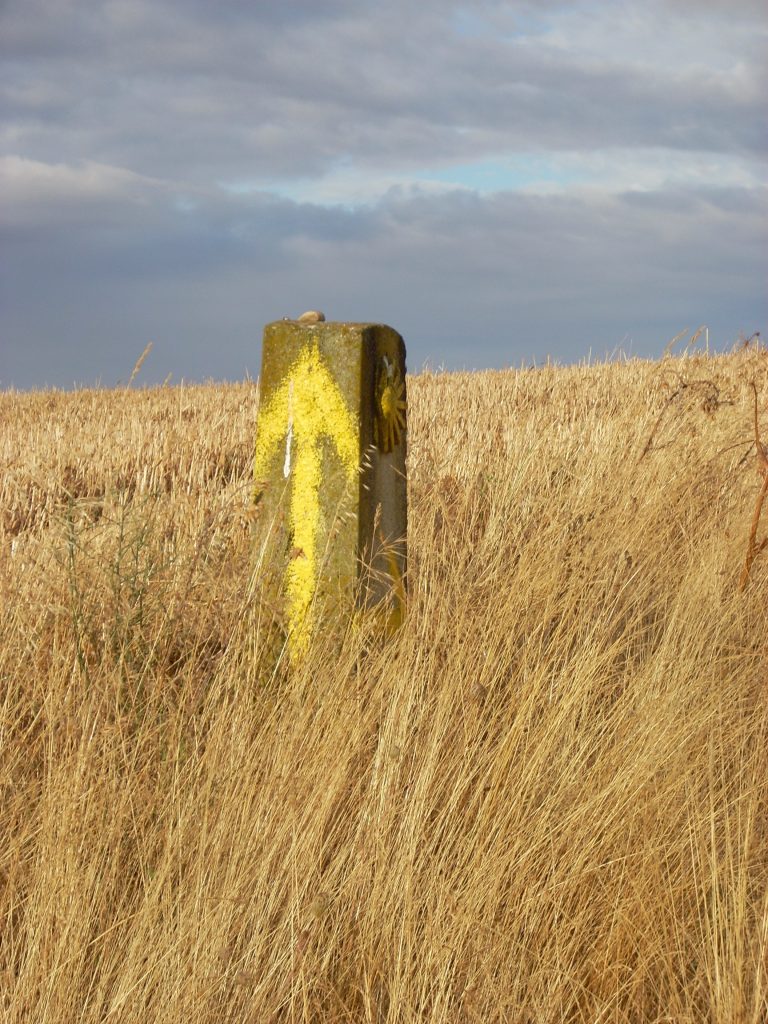
The symbol for the Camino is the clam shell. All along the path are clam shell pictures and yellow arrows telling you which way to go. Occasionally a local business will hijack the route with a diversion of their own arrows to get you to their door!
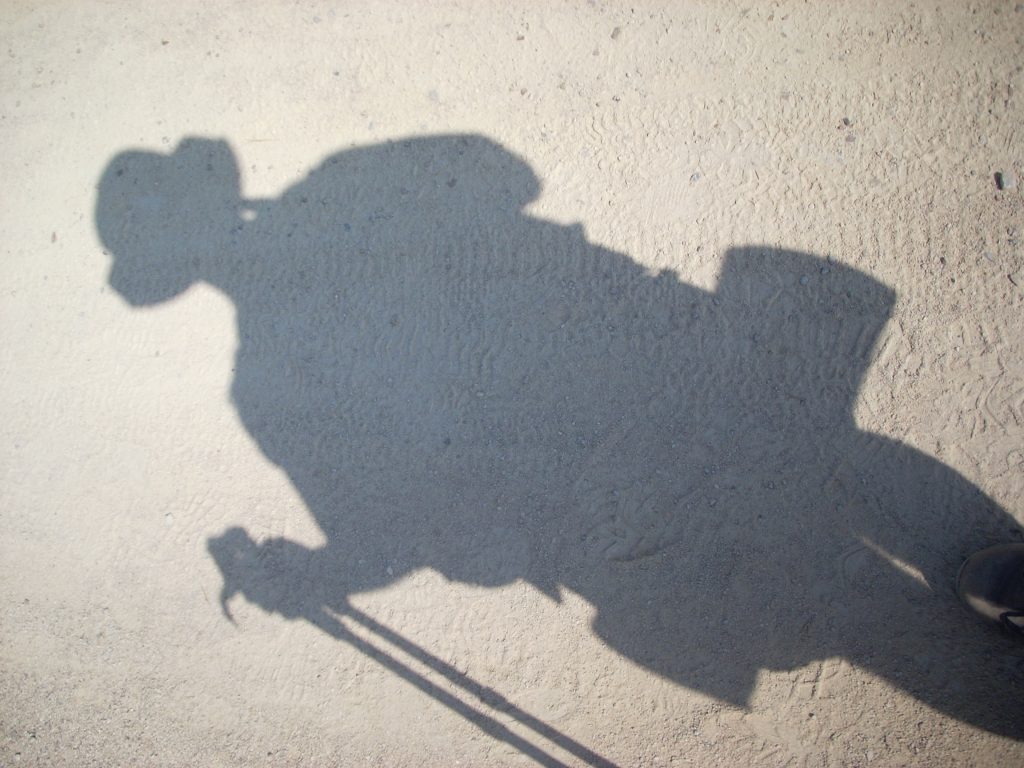
My constant companion for five weeks. See the boot prints of my fellow travellers.
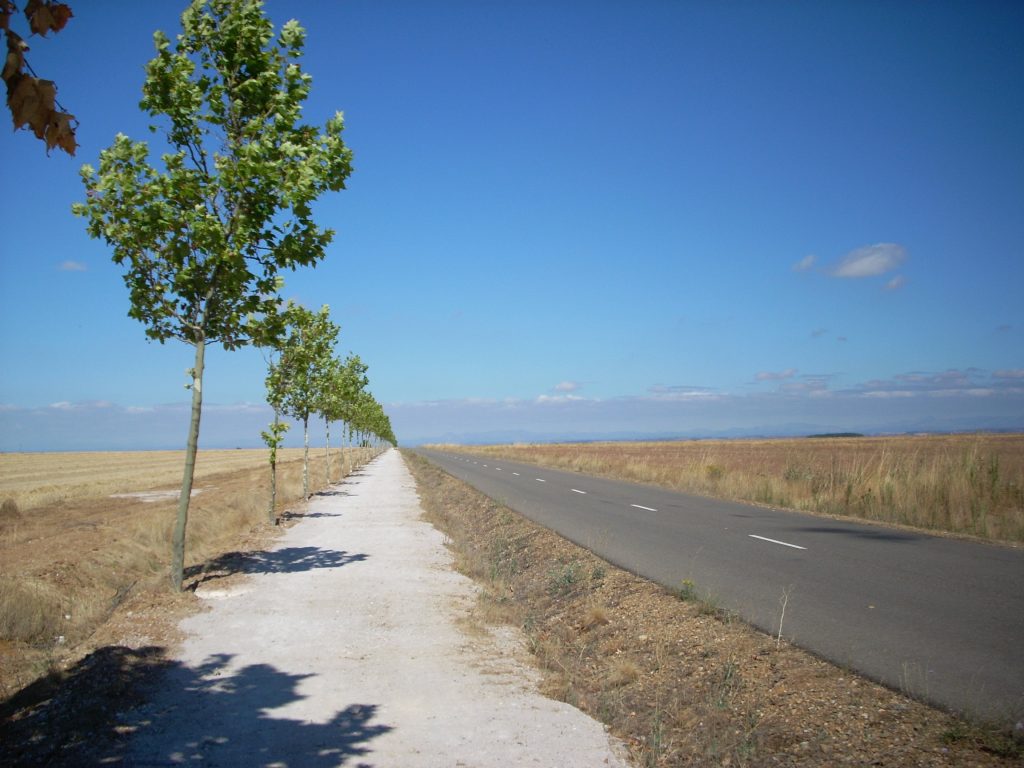
The Meseta from Burgos to Leon is about 170km, and it is all like this – flat and straight. There are distant mountains which never seem to get any nearer, and the sky above is just huge. Some people hate this part and skip it by bus, but I loved it. Days of just listening to the crunch of your boots on the gravel.
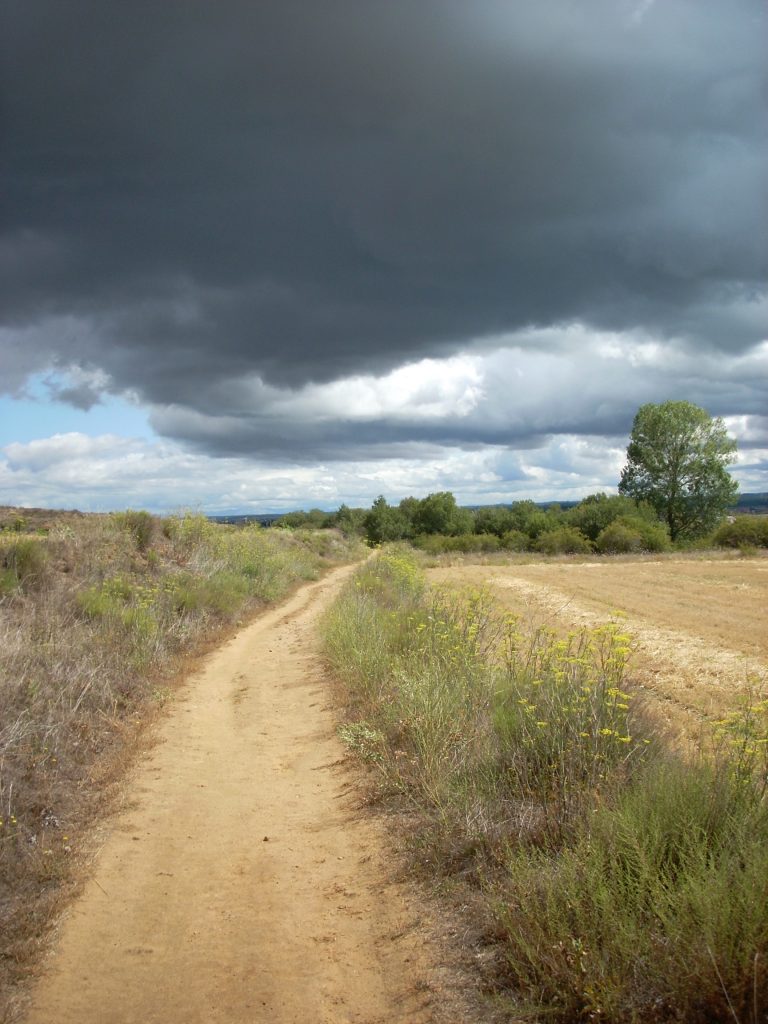
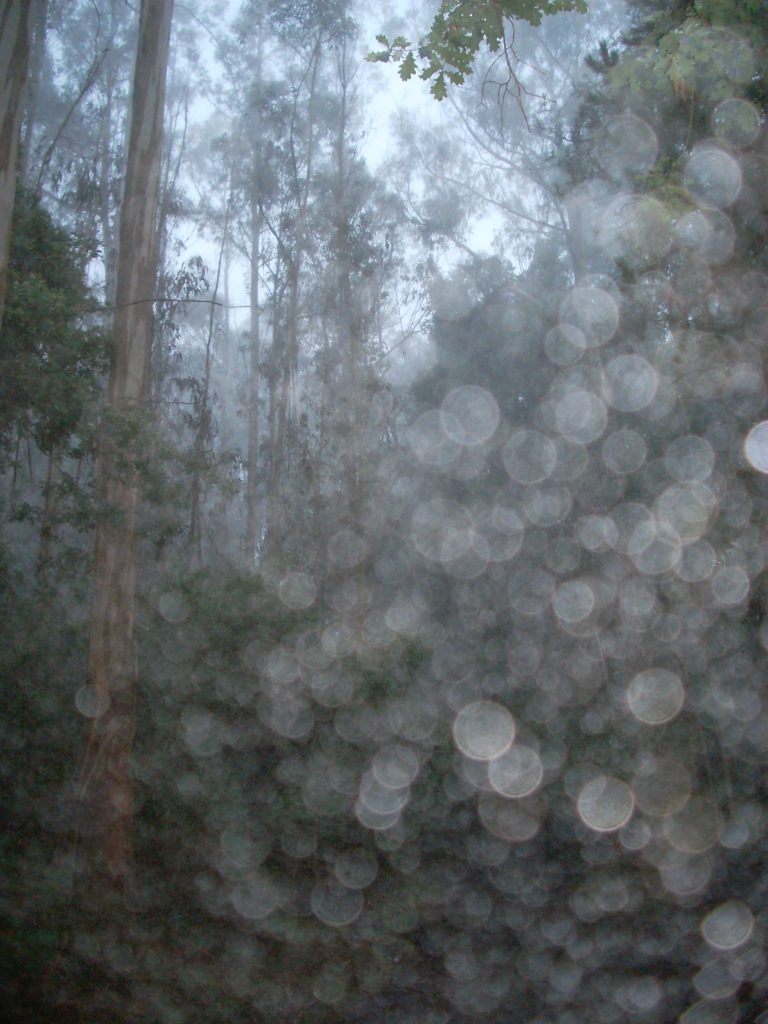
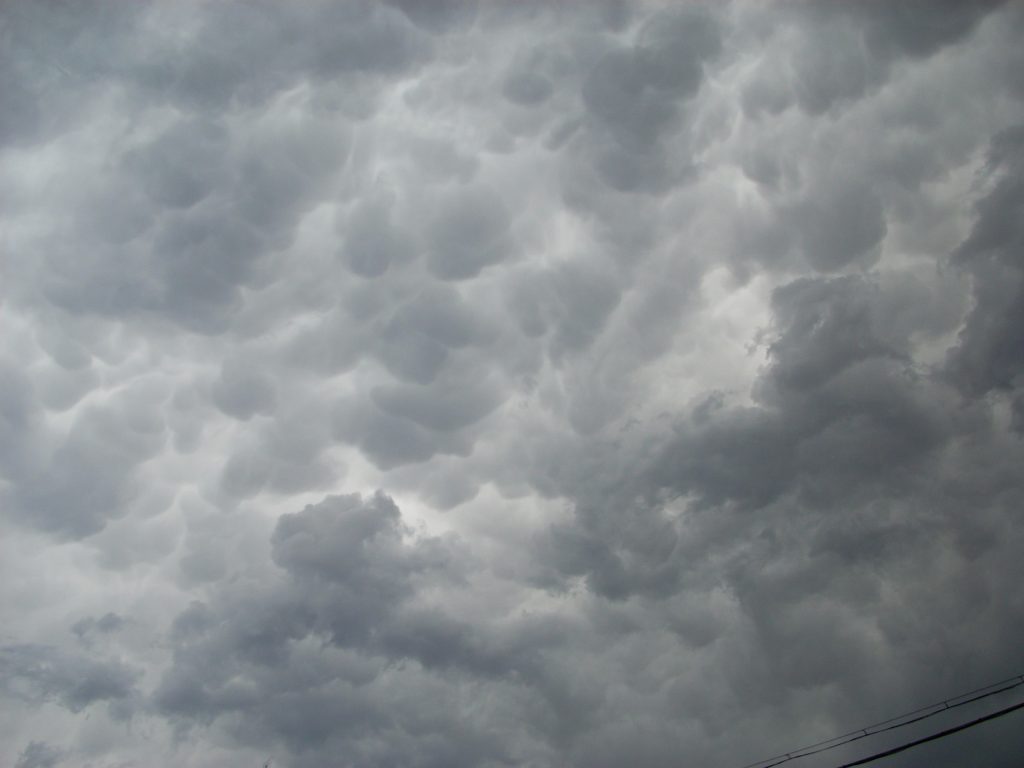
It was mostly good weather, but occasionally it would get a bit wet. I was lucky to not get caught in any really bad storms.
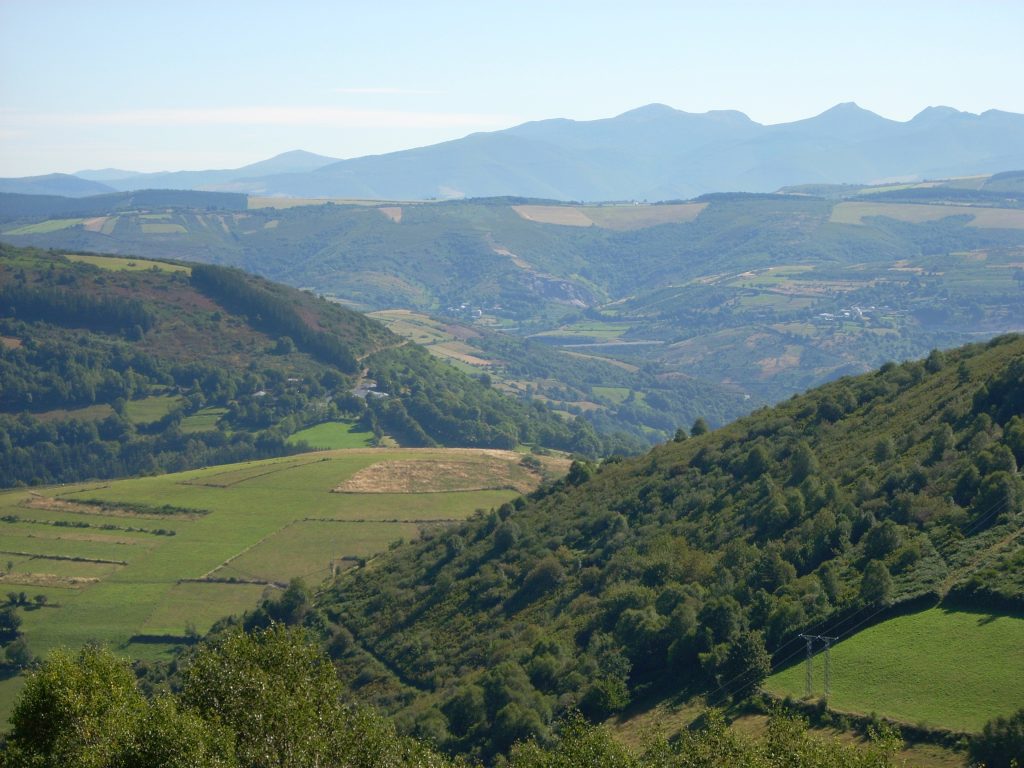
Crossing the mountains into Gallicia. The views were amazing, I was so high that I was above the clouds, and you can see them here rolling over the mountain tops and falling down into the valley
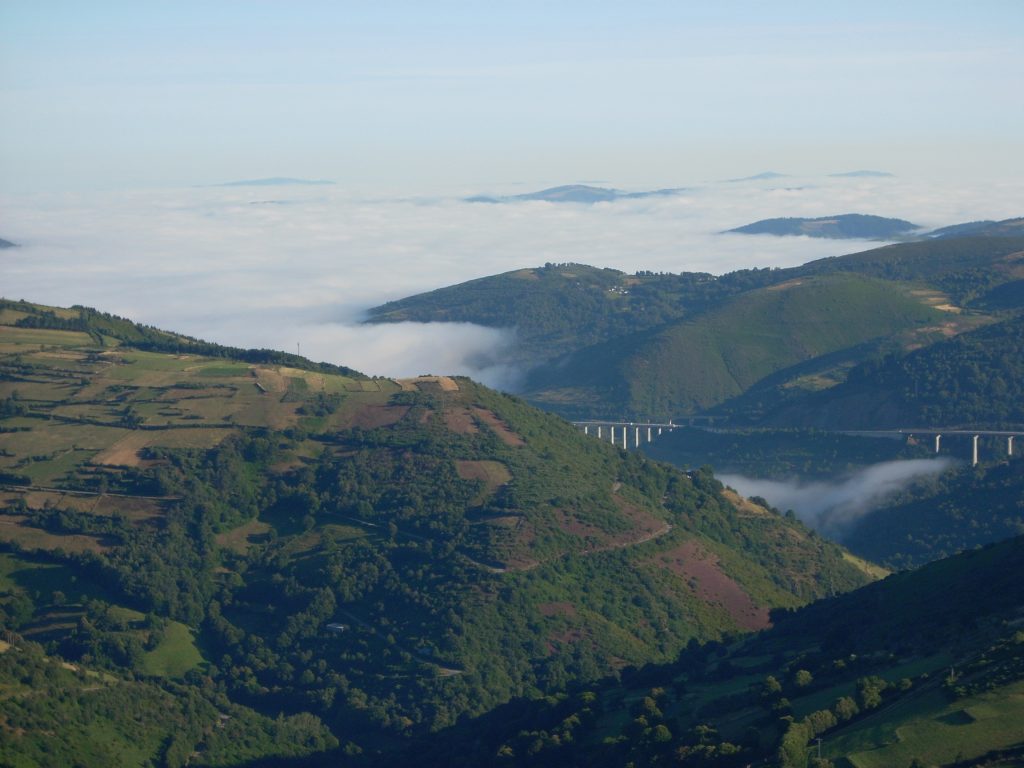
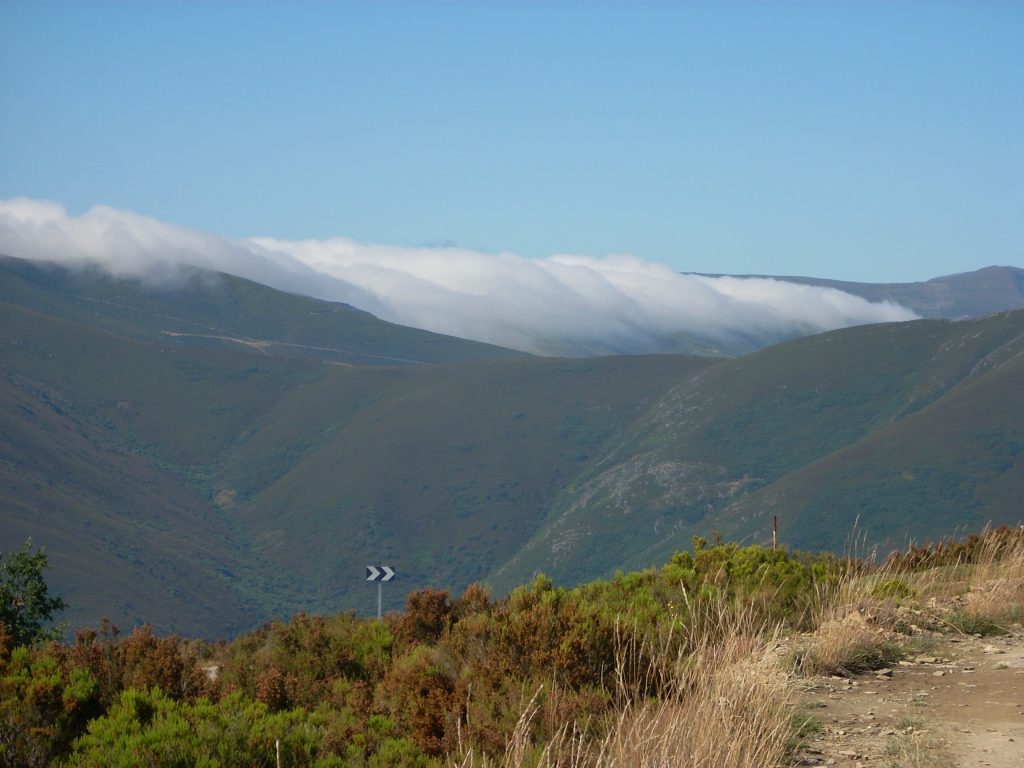
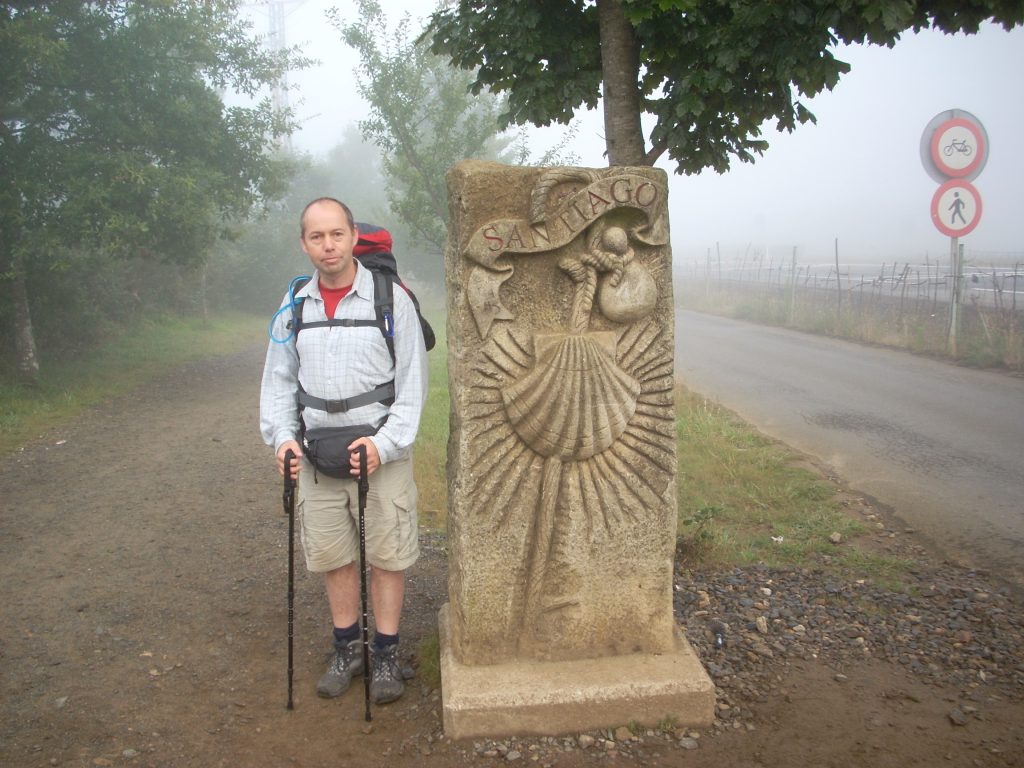
The entry to Santiago. If I look a bit grumpy here it is because the last part of the journey was the least enjoyable. To get your certificate for completing the journey, you only have to do the last 100km, so many teenagers do it as a sort of DofE experience. It only takes 3 days, so they don’t need to sleep and can just party all night, so the Camino suddenly loses its tranquility and the kindness you’ve become used to from other travellers, and gets really busy and noisy. Also by this point my sleeping bag had bed bugs!